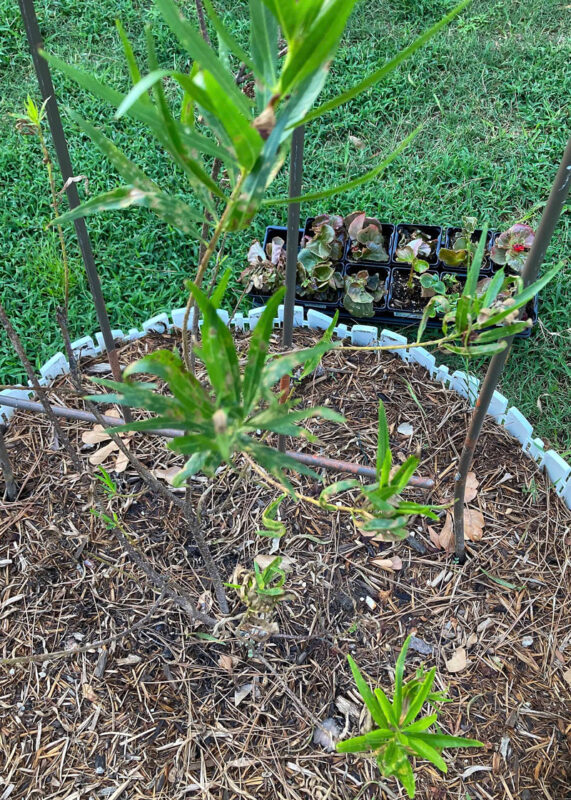Q&A – Ask Neil: July 13, 2023
(Please read these instructions carefully.)
Before you post your question, please look at recent issues to see if someone else has already asked it. You might find your answer there.
How to submit your question…
(Note: You may need to allow a pop-up window to come up in order to get the link for sending your photo(s). If you have already submitted your question and didn’t see the pop-up window, please click here.)
- Click the link provided below to post your question. After you submit your question, a new window will pop up giving you the address to which you can e-mail a SHARP, HIGH-RESOLUTION PHOTO to accompany your question. Please DO NOT SEND THUMBNAIL PHOTOS in case I need to zoom in to see things.
- Click here to post your question.
- Please ONLY POST YOUR QUESTION ONE TIME. We can only accept a set number of questions each week, and when we get duplicates it costs other people their chances.
- One question per reader, please.
- Please use this only for posting questions – not for standard emails.
- Watch for your answer in the following week’s e-gardens.
- I choose those of greatest general interest. For example, plant IDs seldom make the cut.
- I must have your first name or initials.
- I must have your city or county. (Texas is a very large state.)
QUESTION 1
WHAT IS HAPPENING TO MY SQUASH?
Question: What is happening to my yellow squash? It’s healthy and still producing, but it has these strange growths. Claudia Z., Lindsay, Cooke County.
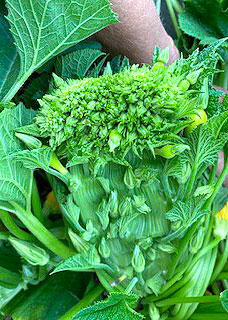
Answer: This abnormal growth is called “fasciation.” You’re not used to seeing it on squash plants, but perhaps you’ve seen it more commonly on cockscomb (celosias). I often get questions about fasciated Texas mountain laurels, and someone even sent a photo of a bluebonnet plant with fasciated flower stems.
It all results from cells that divide in a flat plane – two dimensionally. They seem to go crazy about it as well. You might as well remove them.

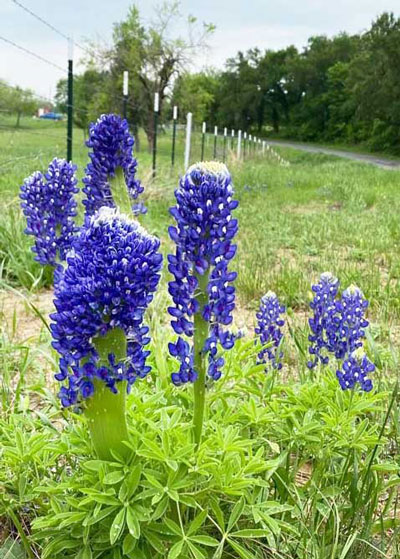
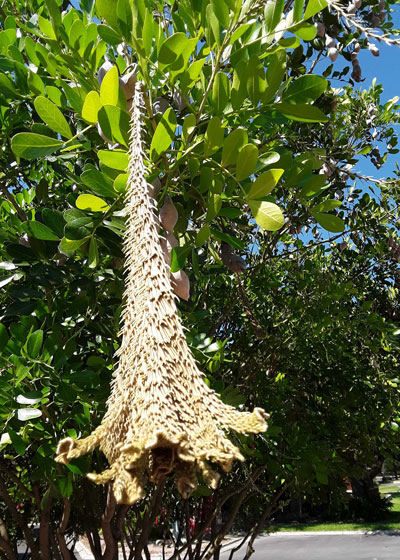
QUESTION 2
WHY IS MY HIBISCUS DYING? CAN I SAVE IT?
Question: Why is my hardy hibiscus dying one branch at a time? Can I do anything to save it? David D., Mansfield.
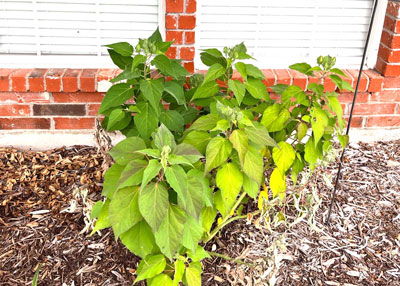
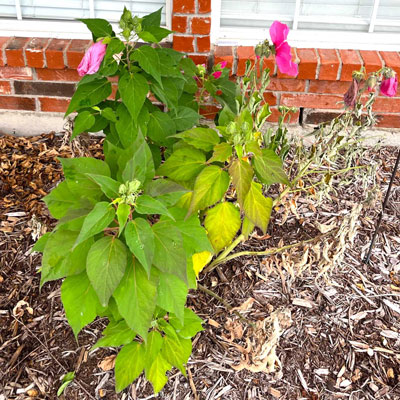
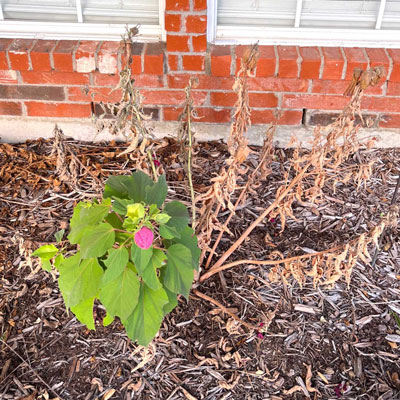
Answer: This is the result of the soil-borne fungus called cotton root rot. It’s prevalent along the I-35 corridor from the Red River all the way into the Texas Hill Country – the Blackland Prairie of Texas. Its other common name is Texas root rot, suggesting that our state is where it is best known.
Botanically it’s Phymatotrichopsis omnivora. Don’t worry so much about the genus name of this fungus. It’s impossible to pronounce anyway. Notice the species name. When you see “omnivora” it makes you think of a disease that attacks a wide range of host plants, and this one certainly does. In fact, approximately 80 percent of the cultivated plant species we grow are susceptible, some more than others. It waits dormant in the soil, often for years, then it suddenly kills even mature trees within days or weeks.
There is nothing you can do to stop it once a plant is infected with CRR. Incorporating generous amounts of organic matter into the soil at the time of planting will help lower the pH, thereby reducing the threat from the fungus for a year or two, but eventually it will probably become a problem for plants that are as susceptible as hibiscus, okra and other relatives of cotton. Apples, pears and other Rose Family plants are also notoriously vulnerable.
Here is an exhaustive list of ornamental plants that are resistant to the disease. Texas A&M polished up the list from when I served as Dallas County Extension Horticulturist in the early 1970s. I mimeographed (remember that word?) the original list and used it almost daily in my work back then.
QUESTION 3
WHAT IS HAPPENING TO MY CEDAR ELM?
Question: My cedar elm is doing something unusual. The back is dying, while the front and sides are green and growing. What could be happening? James F., Garland.
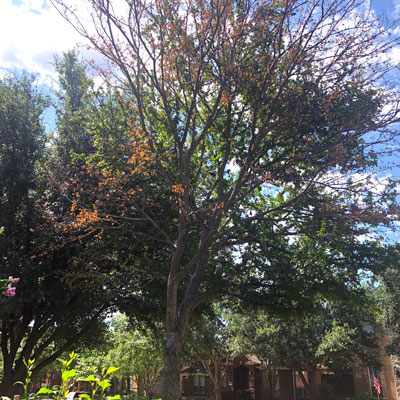
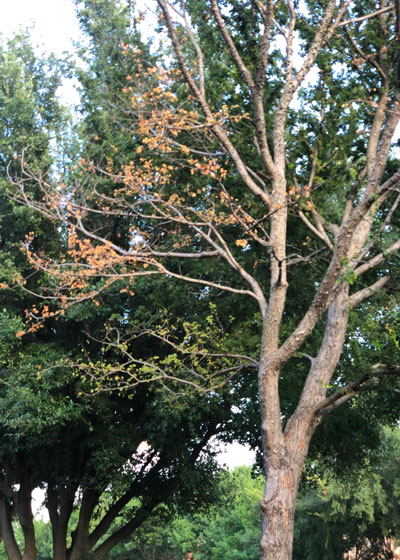
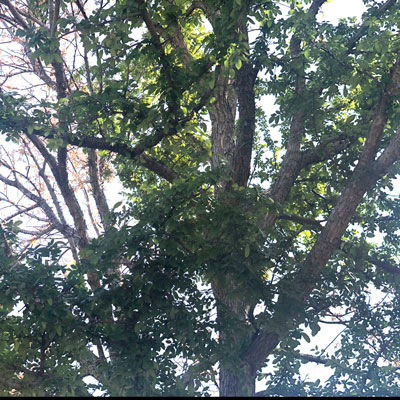
Answer: It’s difficult to tell from your photos, but there appears to be something wrong in the trunk just below the juncture of the two main branches. There may be decay working beneath the bark. I see mushrooms lining the one major limb. That indicates that it has been dead for some time. You should have a certified arborist look at your tree immediately. You certainly don’t want a major branch/trunk like that to come crashing down. It may be that the arborist can see a way to save the tree. Hopefully, if there is any decay, it won’t be too far below the union where it would involve loss of much of the strength of the trunk.
QUESTION 4
WILL MSMA HARM TIF BERMUDAGRASS?
Question: Dallisgrass has invaded my Tif bermudagrass lawn. I’ve used MSMA with great success in the past on common bermuda, but I wasn’t sure if it would harm the hybrid bermuda. Because MSMA is expensive I wanted to ask before buying it at our area farm supply store. Vivian C., Commerce.
Answer: This question takes my mind in many directions. MSMA used to be our go-to herbicide for controlling invading grasses in bermuda turf. That included weeds like dallisgrass, but it also helped us keep St. Augustine from encroaching where it wasn’t wanted. However, MSMA was taken off the consumer market 12 or 15 years ago. It is still sold for use on golf courses and in highway rights-of-way. It does still seem to be available if people are willing to search. As to whether it would damage hybrid bermudas, I would suggest doing what golf course superintendents do: try it on a couple of inconspicuous areas before you apply it widely. And if you do use it, spot-treat with it using a pump sprayer, not a hose-end type. Apply it directly to the dallisgrass. You’ll use far less and you’ll have much better results.
QUESTION 5
WHY IS MY CRAPE MYRTLE NOT BLOOMING?
Question: Why is my lilac-purple crape myrtle not blooming? It has flowered reliably for at least 30 years. My two watermelon red plants have bloomed very well. It does have a few flowers this year, but they are only at the very top. Diane E., Mansfield
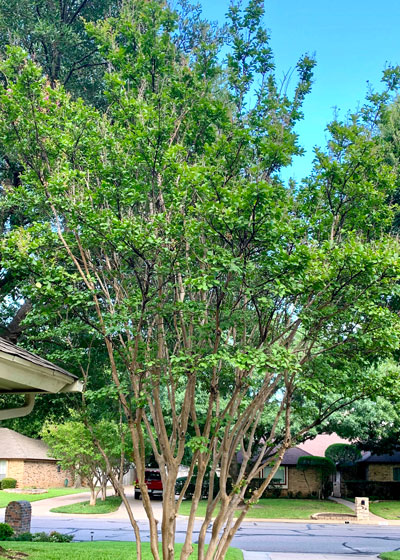
Answer: This has been a common question this year. You may have missed Question 1 two weeks ago (June 29) and my answer. As with those three plants in that question two weeks ago, your plant doesn’t look like it has grown vigorously this year. I would suggest you apply an all-nitrogen fertilizer around it now, followed by a deep watering to get the nutrients into the root zone. It’s also possible that your plant was hurt by last December’s cold. I’ve seen enough that were hurt. You mentioned its color. If you have the variety Muskogee, it is one that is frequently set back by winter cold spells. Again, a nitrogen feeding should give you a burst of new growth and hopefully blooms even this year.
QUESTION 6
HOW MUCH SHOULD BE TAKEN OFF OUR CRAPE MYRTLE AT ONE TIME?
Question: Our crape myrtle has only been trimmed to get limbs off the roof since we moved here. How much should be removed now at one time? How often should I be watering an established tree during the summer? Paula L., Carrollton.
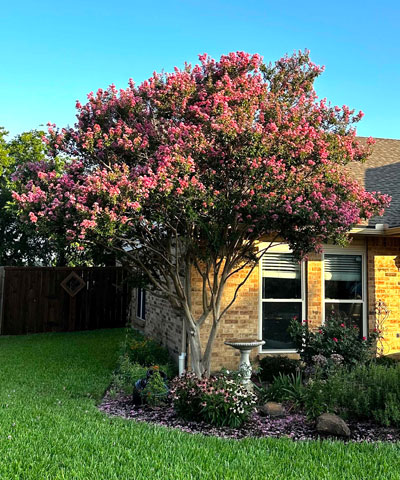
Answer: If you’re talking about “topping” the crape myrtle, please don’t ever do that. People will come up with all sorts of reasons that they think justify the practice, but they’re all bunk. I have several crape myrtles, and in 45 years of growing them, I have only removed small shoots coming up from the bases of the plants to maintain their tree-form habits of growth. Granted that it’s too close to the house. If you have to remove top branches that are rubbing the eaves, that’s fine. Just cut them flush with another limb. Leave no stubs. That pruning can be done at any time.
As for the watering, they will bloom best and stay healthy if you soak them deeply once a week. That means running the hose slowly for an hour or two and letting it saturate the ground around each of your plants.
QUESTION 7
HOW CAN I ELIMINATE A CENTIPEDE INFESTATION?
Question: How can I get rid of a centipede invasion? I’ve lived here 30 years, and I’ve never seen anything like this. My lawn was resodded recently. I don’t know if that’s where they came from. Annette R., Cedar Hill.
Answer: We had a similar invasion 5 or 6 years ago. Never before, and not since. We had armies of them marching across our floors for a week or two. I sprayed a 2-foot band around the outside of our house with a general-purpose outdoor insecticide, and that stopped most of the invasion. We still had some left roaming indoors, but I was able to scoop them up and carry them outside. The vacuum also helped. We also applied a household insecticide around our baseboards. Once it turned hot and dry the population subsided. You’re probably very close to that now.
QUESTION 8
WHAT HAS CAUSED THIS DAMAGE TO MY GARDEN PLANTS?
Question: This damage is to plants in a couple of locations in my yard. Most are at the back of my property, and all but one are in containers. I took a photo to a farm store, and he said “herbicide damage.” He said he’d had a lot of people with the same problem this year. The people who maintain the yard behind me say they have used nothing. I’m now seeing damage in the front of my house, first in a container at the corner and then by my front door. What can it be? Sara Ann S., Denton.
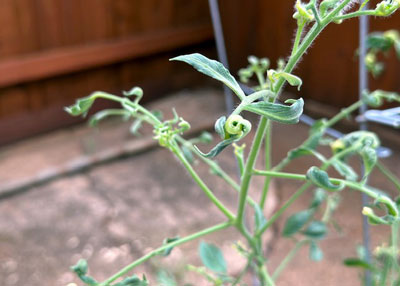
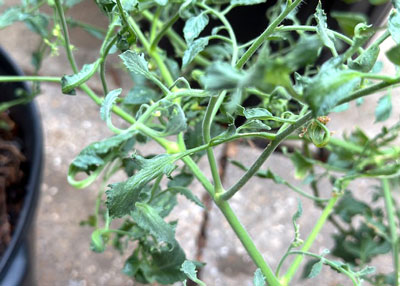
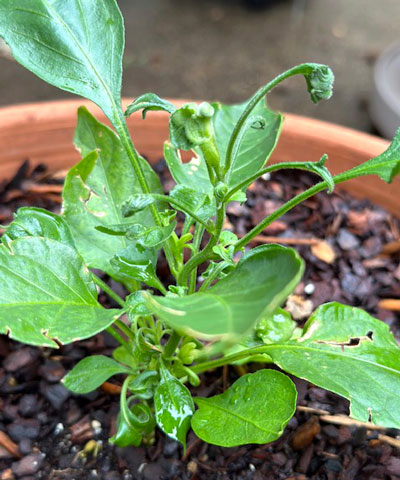
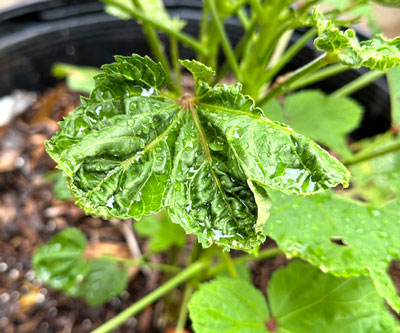
Answer: It’s herbicide damage. I agree with the farm supply store representative. Tomatoes are notoriously susceptible, and I suspect that peppers wouldn’t be far behind. Many years ago, even though I knew better, I carefully sprayed broadleafed weeds on our 11 acres with a hose-end sprayer. I should have used a pump sprayer, and I damaged my own tomatoes. There was almost no wind that afternoon and I was 100 yards away, but the 2,4-D drift got them. Your photos show classic damage. It can come, as mentioned, from wind drift, or by using spray equipment that might have had residue from a prior application, perhaps even from last year. You can’t wash this stuff out sufficiently when it comes to tomatoes. I remember from my days of working alongside my dad when he was conducting research for Texas A&M on these various weedkillers, that the university had two separate storage buildings in which they kept tractors, trucks, etc., and “contaminated equipment” such as spray tanks.
I wish I had a magic answer to make your plants well. More than that, I wish I had a logical explanation of how they might have been hit by the drift, but that’s the best I can do with the facts that I have. Thanks for the great photos.
(Folks, Sara Ann called my radio program last weekend and I told her I could probably give a more definitive answer if I could just see photos.)
QUESTION 9
IS OUR DESERT WILLOW GETTING TOO MUCH WATER?
Question: We are having problems with our desert willow tree. The leaves are turning brown from the bottom up. It has been treated with a systemic insecticide. Is it getting too much water? James I., Chandler.
Answer: Thanks for the several photos. The one closer one that I have chosen shows a leaf spot disease that is knocking foliage off the plant. The focus isn’t wire-sharp, but if you look closely, you’ll see the brown spots surrounded by yellow haloes. I’ve spent 30 minutes online trying to find any university reference and associated photo to a specific disease, but I’ve come up blank. Bacterial blights often cause haloes, but I’m not going to venture a guess. You would need to have the Texas A&M Plant Disease Clinic culture this for you to determine what the exact problem is and what your best remedy might be. There is a fee from the TAMU lab for that diagnosis. It does not appear to be from overwatering.

